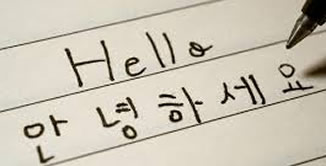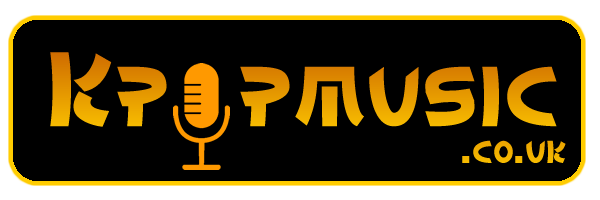

Learn Korean Reading and Writing Practice
**Reading and Writing Practice: Building Proficiency in Korean**
Enhancing your reading and writing skills is essential for achieving fluency in the Korean language. By immersing yourself in Korean texts and practicing writing, you can develop a deeper understanding of grammar, vocabulary, and cultural nuances. Engaging with written content also improves comprehension skills, enabling you to communicate more effectively. This guide provides strategies for improving your reading and writing abilities, along with exercises designed to strengthen your skills, including Korean text for practice.
### Developing Reading Skills
1. **Start with Simple Texts**: Begin with children's books or short stories that use basic vocabulary and grammar. These resources often come with illustrations that help you understand the context.
2. **Expand to Intermediate Content**: As you gain confidence, explore Korean newspapers, web articles, and blogs tailored for language learners. These texts introduce more complex sentence structures and diverse vocabulary.
3. **Read Aloud**: Practice reading aloud to enhance your pronunciation and intonation. This technique also solidifies your memory of vocabulary and grammar.
### Writing Practice
1. **Daily Journaling**: Keep a journal in Korean, where you write daily reflections or descriptions of activities. This habit not only improves writing fluency but also reinforces new vocabulary.
2. **Essay Writing**: Choose a topic and write short essays. Focus on structuring your arguments logically and using a variety of grammar structures.
3. **Creative Writing**: Write short stories or fictional dialogues to enhance creativity and language use. This type of practice builds a richer vocabulary and better expression of ideas.
### Reading Exercise
**Task**: Read the following short passage and answer the questions.
**Korean Text**:
오늘은 날씨가 맑고 따뜻해요. 그래서 친구와 함께 공원에 가기로 했어요. 우리는 공원에서 자전거를 타고 피크닉을 할 거예요.
(Oneul-eun nalssiga malggo ttatteushaeyo. Geuraeseo chinguwa hamkke gongwon-e gagiro haesseoyo. Urineun gongwon-e seo jajeongeoreul tago pikeunikeul hal geoyeyo.)
**Questions**:
1. 오늘 날씨는 어떤가요? (Oneul nalssineun eotteongayo?)
2. 친구와 어디에 가기로 했어요? (Chinguwa eodie gagiro haesseoyo?)
3. 공원에서 무엇을 할 예정이에요? (Gongwon-eseo mueoseul hal yejeong-ieyo?)
**Answers**:
1. 날씨가 맑고 따뜻해요. (Nalssiga malggo ttatteushaeyo.) - The weather is clear and warm.
2. 공원에 가기로 했어요. (Gongwon-e gagiro haesseoyo.) - Decided to go to the park.
3. 자전거를 타고 피크닉을 할 거예요. (Jajeongeoreul tago pikeunikeul hal geoyeyo.) - Planning to ride a bicycle and have a picnic.
### Writing Exercise
**Task**: Write a short paragraph about your favorite hobby. Use at least three sentences.
- I like reading. Every weekend, I go to the library to borrow and read new books. Reading gives me a lot of knowledge and fun.
By incorporating these reading and writing practices into your Korean study routine, you enhance your language proficiency and ability to express complex ideas. Regular engagement with Korean texts will expand your vocabulary and improve your grasp of grammar, contributing to a fuller and more fluent understanding of the language.
